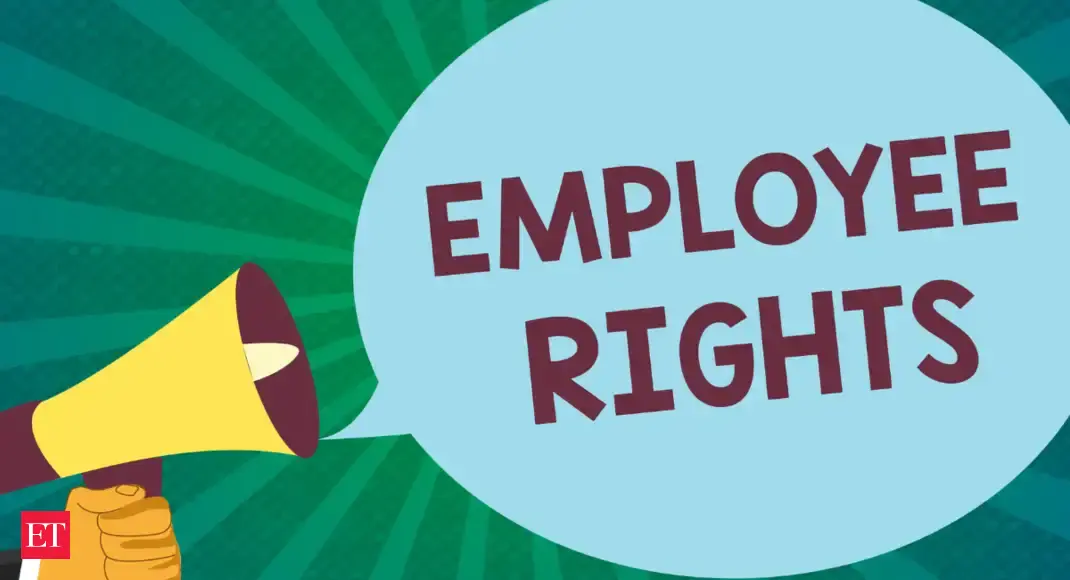If you’ve ever been “written up,” you know that pit-in-the-stomach moment when the paper slides across the desk and you’re asked to sign. In California, write-ups are allowed, yet the way they’re used can shape careers, paychecks, and sometimes lawsuits. Nakase Law Firm Inc. often helps both workers and employers make sense of the laws regarding write-ups at work so neither side ends up in unnecessary legal trouble. And yes, the details matter—because a single sentence in a file can change the path of a job.
Here’s the twist: California doesn’t publish a step-by-step template for how a write-up must look. Even so, a web of statutes, court decisions, and company policies sits in the background and affects how write-ups are drafted, stored, and shared. That’s why a quick “sign here” moment can grow into something far bigger if it isn’t handled with care. California Business Lawyer & Corporate Lawyer Inc. has warned employers that even a single poorly worded note in a file can brush up against the elements of libel if it contains false or damaging claims. So, what turns a simple memo into a problem—or a lifesaver—later on?
The role of at-will employment
California is an at-will state. On the surface, that means either side can end the working relationship at almost any time. In day-to-day life, though, employers often keep a trail of write-ups to show a pattern if they’re later asked, “Why was this person let go?” Think about two co-workers: one is fired with no paperwork; the other has three dated warnings for missed deadlines before termination. Which story looks more grounded if a dispute pops up? The paper trail often wins.
What to do the moment you’re handed a write-up
The instinct is to argue or refuse to sign. Take a breath. Signing usually acknowledges receipt, not agreement. Then do a few simple things that can pay off later:
• Ask for a copy. You’re allowed to review your personnel records in California, including disciplinary items.
• Add a written response. Calm and factual works best; you’re building your side of the record.
• Watch the timing. If a write-up appears right after you reported a safety issue or asked for protected leave, that timing matters.
• Guard your reputation. False statements that harm your good name can lead to trouble for the employer.
• Expect privacy. Your personnel file isn’t for office gossip or outside sharing.
A quick example: a sales lead was written up for “disrespect” after pushing back on a pricing plan. She submitted a short, measured rebuttal describing the actual conversation and who was present. Months later, when a new manager reviewed her file, that single page balanced the story and kept a promotion on track.
Why word choice in a write-up can make or break a case
A write-up can be straightforward documentation—or it can read like a personal attack. That difference matters. “Missed two client calls on July 8 and July 14” tells a clear story. “Careless and lazy” sounds like name-calling. One builds a record; the other invites arguments and, at times, legal headaches.
Practical habits that help: keep to verifiable facts, tie the issue back to a written policy, apply that policy to everyone, hand the employee a copy, and include a path forward (“Complete call-log checks at 9 a.m. and 3 p.m. for four weeks”). People tend to accept feedback when they see a fair process and a clear next step. Isn’t that what everyone wants at work anyway?
When write-ups become the star of a wrongful-termination claim
On their own, write-ups don’t prove much. But if someone is fired, those pages often decide the narrative. Picture this: an employee reports harassment, and two weeks later receives the first write-up of their career for small, previously ignored issues—then gets terminated. That looks retaliatory. On the flip side, if a file shows months of consistent, factual notes that match company policy, the employer’s decision looks grounded in performance instead of payback.
How defamation sneaks in
Most write-ups stay inside the company. Problems start when false statements leak out. Say a former manager casually tells a contact at another firm that a worker was fired for theft, even though there’s no proof. That single claim can wreck a career. Confidentiality and precision protect both sides. Keep the record accurate. Keep it in the right hands. Simple as that.
Do employers have to use progressive discipline?
No state rule forces a “verbal warning → written warning → final notice → termination” path. Still, many California employers choose it because it feels fair and tells a clean story. Take Marco, a warehouse lead who starts missing scans near shift end. His supervisor talks with him informally, follows up with a short written note, and offers a two-week refresher on the scanner system. When performance bounces back, the paper trail shows support rather than punishment. And if it hadn’t improved? The same record would have explained a tougher decision.
The discrimination trap
Uneven discipline is a fast way to spark claims under the state’s anti-discrimination law. Imagine two employees with identical attendance issues. One gets written up; the other gets a pass. If that pattern repeats—and lines up with protected traits like race, age, disability, or gender—it tells a story no company wants told. Regular reviews of discipline data, along with supervisor training, can catch patterns early. Steady rules, steady results.
Documentation is the quiet MVP
When a dispute surfaces, judges, arbitrators, and HR teams all look for a steady narrative. Dates, facts, and consistent language are quietly persuasive. Vague notes—“bad attitude,” “not a team player”—don’t carry much weight. A simple habit helps: write what happened, when it happened, who saw it, and what policy applies. Employees can mirror that approach in their rebuttals and personal notes. Think of it as shared record-keeping that gives everyone a fair shake.
Here’s a true-to-life moment: a supervisor wrote “poor work ethic” next to a missed shipment. The employee’s rebuttal listed the truck’s actual arrival time and the fact that the barcode system was down for 27 minutes. The next time a delay happened, the team added a log for system outages. Tension dropped, the process improved, and the write-ups stopped. Small fixes, big payoff.
Quick tips for employees facing a write-up
• Sign to acknowledge receipt, then ask for your copy.
• Add a short, steady reply if anything is off.
• Keep a simple log of dates, times, and who was there.
• If something feels like retaliation or bias, talk to an employment lawyer. A brief consult can clarify next steps.
Bringing it all together
Write-ups can be a nudge toward better work or the first step in a larger fight. The difference often comes down to tone, timing, and follow-through. For employers, clear facts, steady policies, and a path to improvement keep things on track. For employees, knowing your rights, keeping calm notes, and speaking up when needed make a real difference. In the end, a fair process is good business—and a good way to keep people doing their best work.
If you’re deciding what to do with a write-up sitting on your desk right now, ask yourself: What’s the story these pages tell, and what’s the next step that makes that story fair?





Be First to Comment